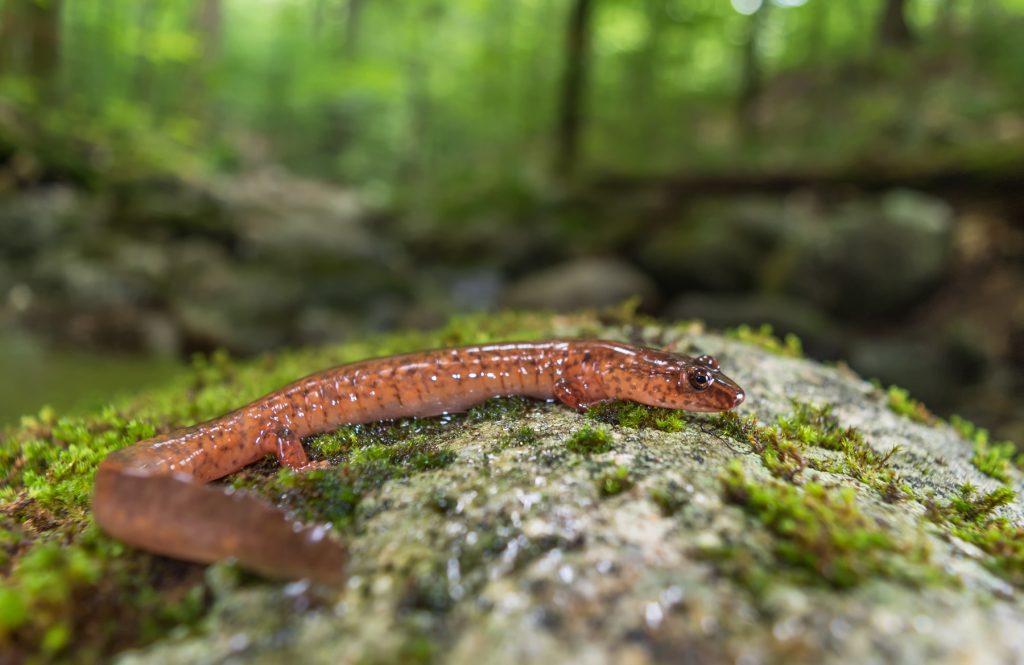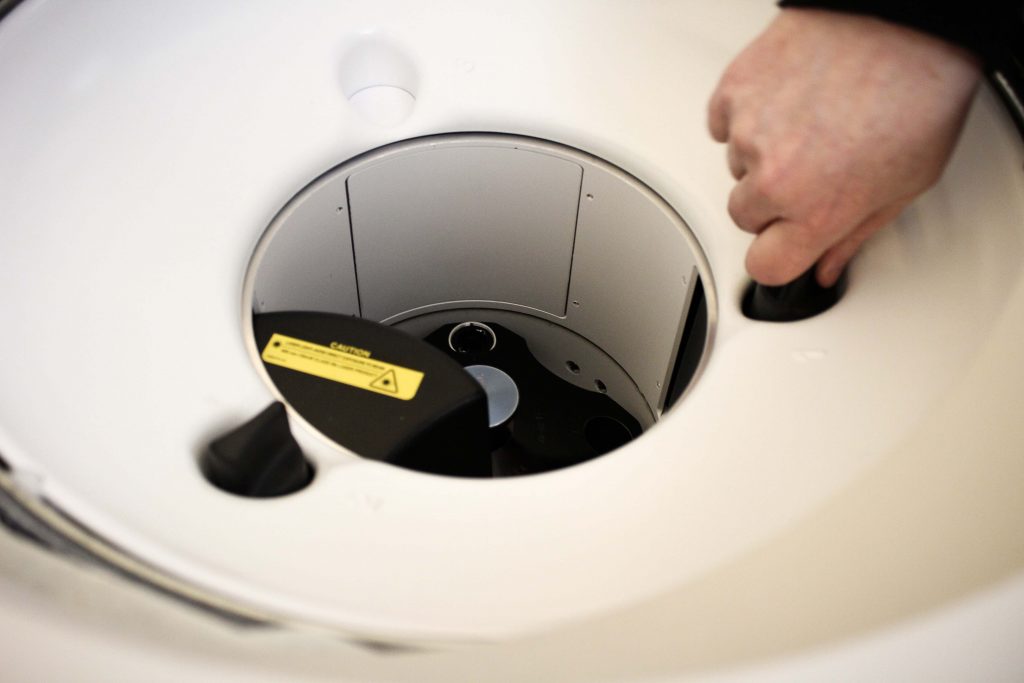Research & Discovery
Meet the Researcher: Richard Ashby Wilson, Law and Anthropology
World events have always shaped Richard Wilson Ashby's research.
September 10, 2019 | Anna Zarra Aldrich '20 (CLAS), Office of the Vice President for Research
Hatfield-McCoy Feud Carries Lessons for Today
The fabled feud between the Hatfield and McCoy families of Appalachia is the subject of a new PBS documentary, featuring the insights of UConn historian Altina Waller.
September 10, 2019 | Kenneth Best
‘A Spine for the Spineless, Gutless Worms’: Providing an Evolutionary Backbone for Tapeworms
A new NSF-funded project led by Board of Trustees Distinguished Professor of Ecology and Evolutionary Biology Janine Caira will help fill the gaps in the approximately 200 million years of evolution separating tapeworm lineages.
September 9, 2019 | Anna Zarra Aldrich '20 (CLAS), Office of the Vice President for Research
Climate Change Water Variability Hurts Salamander Populations
New research suggests spring salamanders are less likely to survive metamorphosis to adults in streams with highly variable flows.
September 6, 2019 | Combined Reports
Bridging Science at UConn’s Biophysics Facility
The University of Connecticut houses its very own Biophysics Facility, where expert technicians use specialized equipment to help UConn researchers better understand how biological systems work.
September 4, 2019 | Carson Stifel '21 (CLAS), Office of the Vice President for Research
Time-Saving Software in an Age of Ever-Expanding Data
The software developed by a UConn expert is currently being used for a massive undertaking involving all research papers on insects.
September 4, 2019 | Elaina Hancock
Study: When More Pain Means More Gain
Researchers found positive psychological outcomes and increased well-being in participants who performed an extreme annual ritual as part of a national celebration.
September 3, 2019 | Elaina Hancock
New School of Pharmacy Faculty Member Na Li
Na Li has joined the UConn School of Pharmacy as Assistant Professor in the Department of Pharmaceutical Sciences. Her work will include physical pharmacy, particularly in the area of dissolution of amorphous formulations, as well as more biologically focused research on intestinal endothelium permeability and its interplay with the microbiome. Her initial teaching responsibilities will […]
August 30, 2019 | Sheila Foran
Scholarship Facilitation Fund Announcement
The Office of the Vice President for Research (OVPR) has recently finalized award decisions for the Scholarship Facilitation Fund (SFF) Program. Through this program, the OVPR is able to provide up to $2,000 to UConn faculty across all disciplines, on a competitive basis, to promote, support, and enhance research, scholarship and creative endeavors. The 2019 […]
August 28, 2019 | Jessica McBride, PhD
Structural Complexity in Forests Improves Carbon Capture
Researchers used light detection and ranging (LIDAR) to measure the locations of leaves throughout the forest canopy and determine how vegetation was arranged within space.
August 28, 2019 | Elaina Hancock, University of Connecticut, and Brian McNeill, Virginia Commonwealth University









